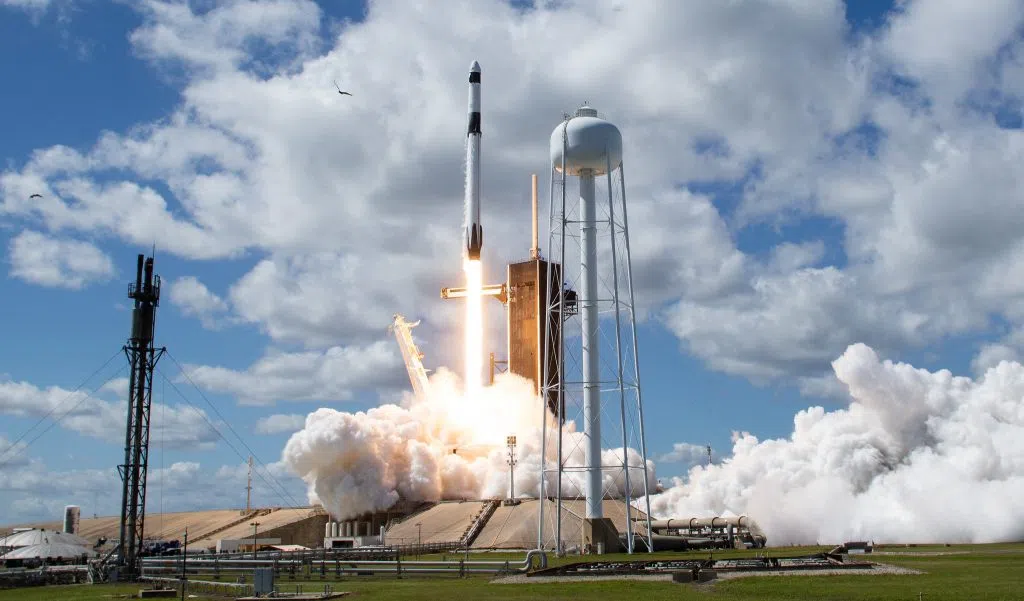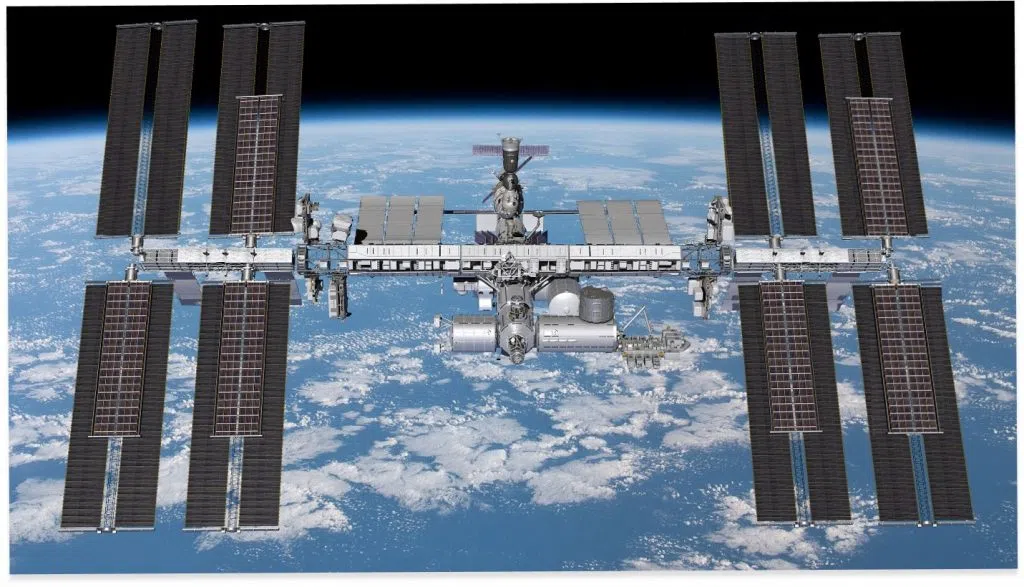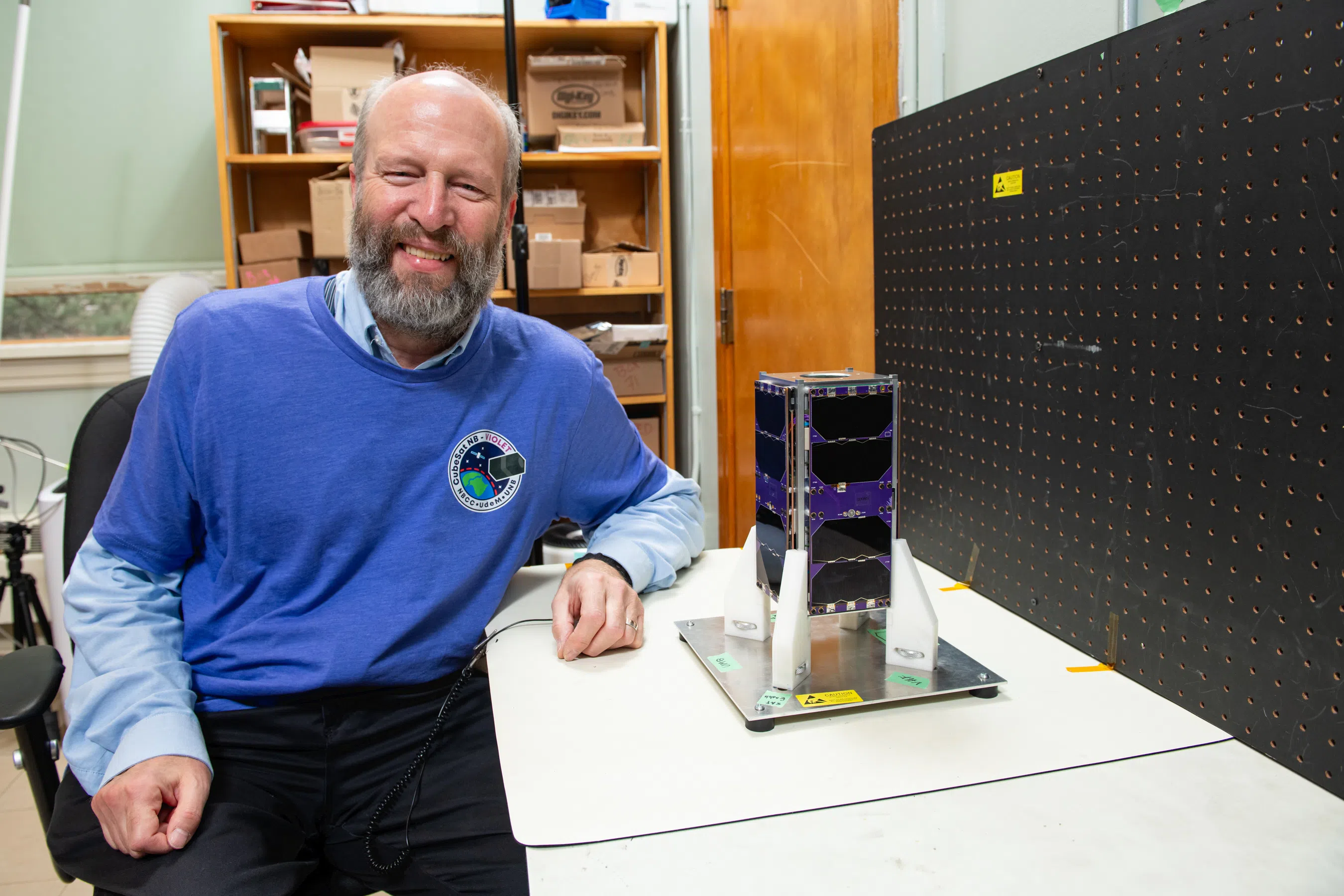New Brunswickers can look at the stars on Thursday when a piece of Canadian history travels to the International Space Station (ISS).
The University of New Brunswick’s (UNB) CubeSat satellite will travel to the ISS on a SpaceX Dragon cargo spacecraft on the company’s Falcon 9 rocket.
Named VIOLET after the provincial flower, UNB officials say the milk-carton-sized satellite was designed, built and tested over the past five years by almost 300 students from UNB, l’uUiversité de Moncton, and New Brunswick Community College.
VIOLET will join other CubeSat satellites built by Newfoundland’s Memorial University and Quebec’s l’University de Sherbrooke for the Canadian Space Agency’s (CSA) CubeSat Project.
All three satellites are expected to be deployed from the ISS in May, and orbit around Earth while transmitting data back to ground stations using radio signals. VIOLET’s mission is collecting information about the sunspot cycle and its effects on Earth’s upper atmosphere, thanks to its solar panels.
Brent Petersen, professor and co-principal investigator of the CubeSat VIOLET Project, said the satellite will burn up in orbit in a few months, however, its scientific data will be valuable.
“We thank the hundreds of New Brunswick students whose efforts will propel VIOLET into space, it will be one of the first satellites of its kind to study space weather at the altitude of the International Space Station,” said Peterson.
The launch is scheduled to take place at 5:35 p.m. Atlantic Time on Thursday.









